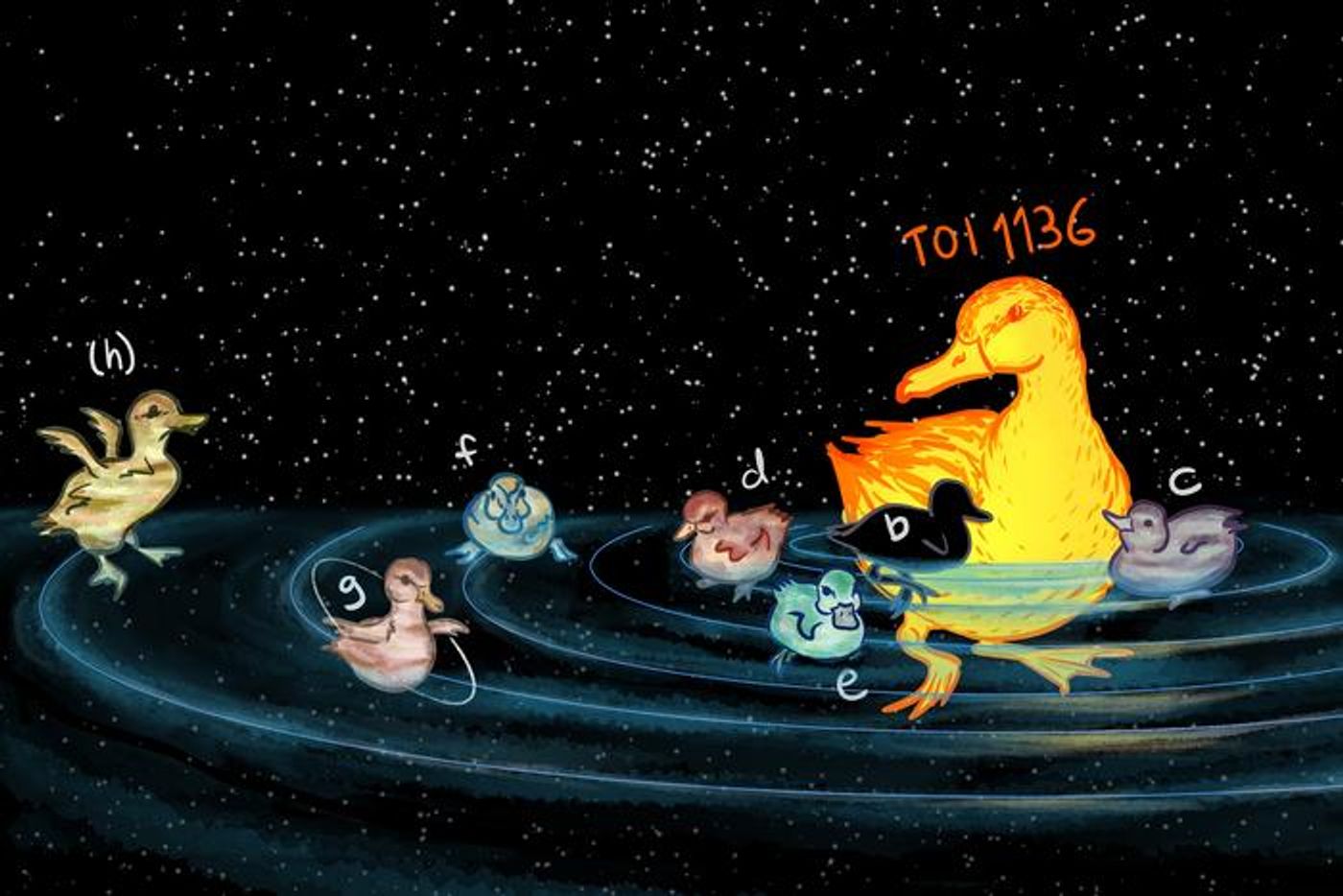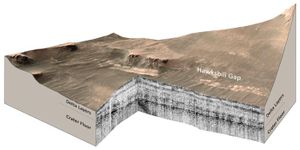Exploring TOI-1136: Unveiling the Dynamics of a Multi-Planet Solar System
How do solar systems form, and are these formation mechanisms similar across the universe? This is what a recent study published in The Astronomical Journal hopes to figure out as a team of international researchers used data from the TESS-Keck Survey to analyze the TOI-1136 system, which is located approximately 276 light-years from Earth and possesses a minimum of six confirmed exoplanets and a seventh exoplanet candidate. This study holds the potential to not only teach astronomers about exoplanetary systems, but also gain greater insight into the formation of solar systems and their respective planets, as well.
Using a combination of space- and ground-based telescopes and instruments and computer modeling, the researchers conducted a comprehensive analysis of the TOI-1136 system, which produced estimates of the planetary masses, atmospheric properties, and orbital characteristics. While this study builds off a previous study also conducted by this same team, which provided first estimate of the planetary masses, this most recent study consists of the most detailed measurements of the aforementioned planetary characteristics to date.
Artist's illustration of the TOI-1136 system. (Credit: Rae Holcomb / University of California, Irvine)
“We viewed TOI-1136 as being highly advantageous from a research standpoint, because when a system has multiple exoplanets, we can control for the effects of planet evolution that depend on the host star, and that helps us focus on individual physical mechanisms that led to these planets having the properties that they do,” said Dr. Paul Robertson, who is an associate professor of physics & astronomy at the University of California, Irvine and one of the almost four dozen co-authors on the study.
The data the researchers compiled possess very small margins or error, further clarifying the precision of the estimations. The masses of the six confirmed exoplanets range between 3.5 and 9.7 Earth masses with the single exoplanet candidate having an estimated 18 times of Earth’s mass. Additionally, all seven exoplanets (six confirmed plus the candidate) orbit well inside the star’s habitable zone, meaning they are likely much too hot for life as we know it to exist.
What new discoveries will astronomers make about TOI-1136 and other planetary systems in the coming years and decades? Only time will tell, and this is why we science!
As always, keep doing science & keep looking up!
Sources: arXiv, UC Irvine, Wikipedia, EurekAlert!, Wikipedia (1)









